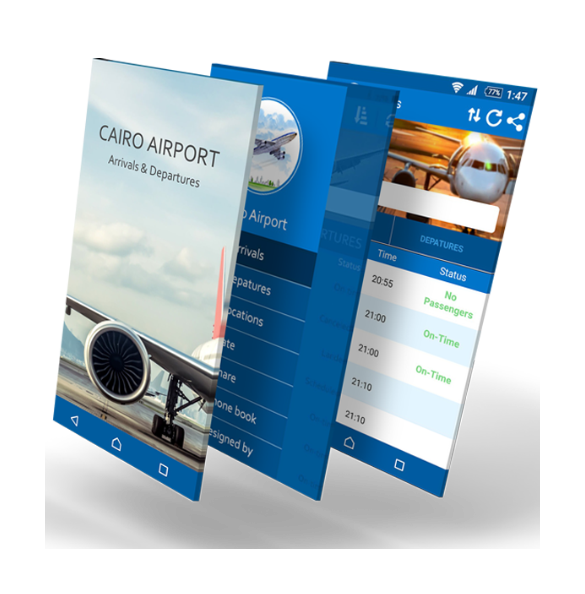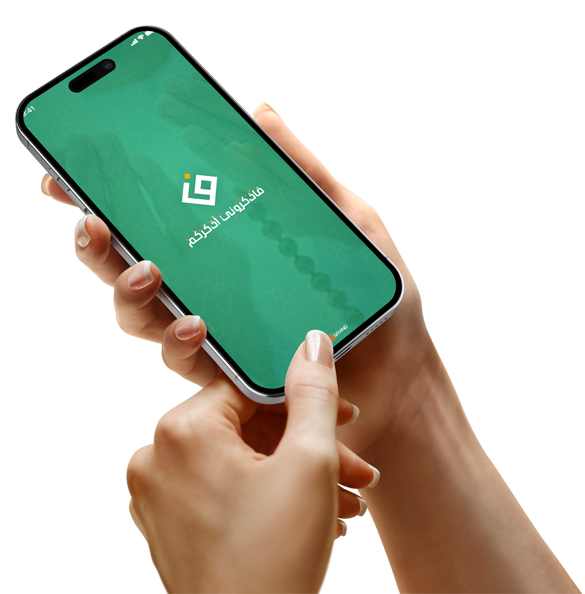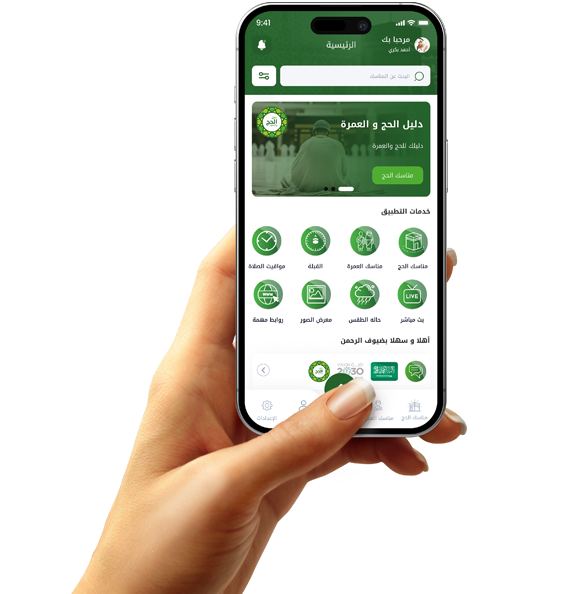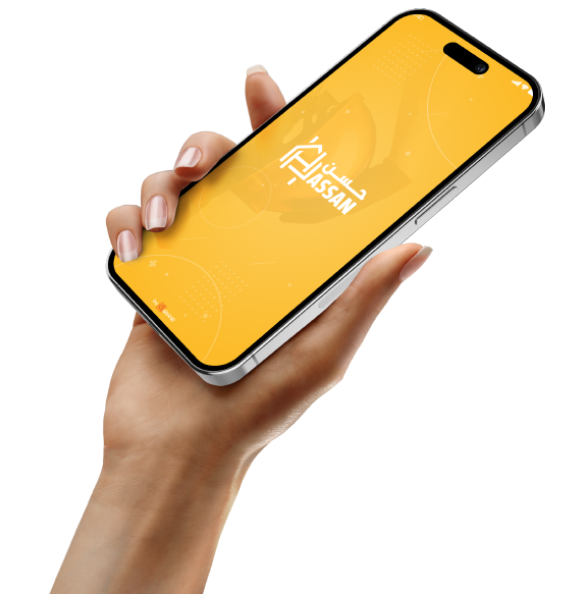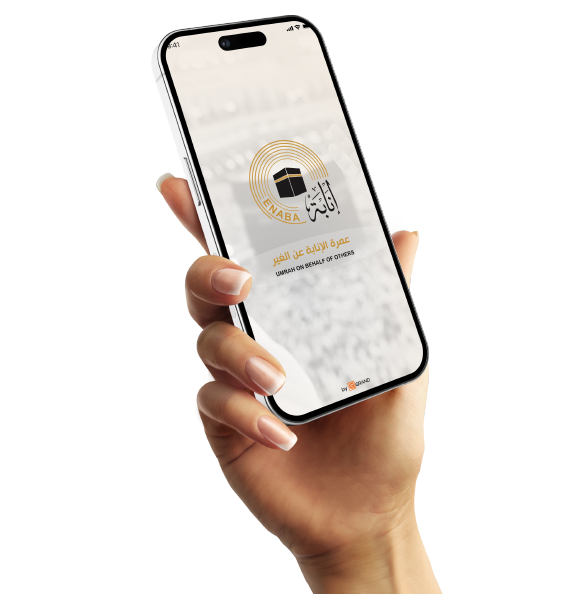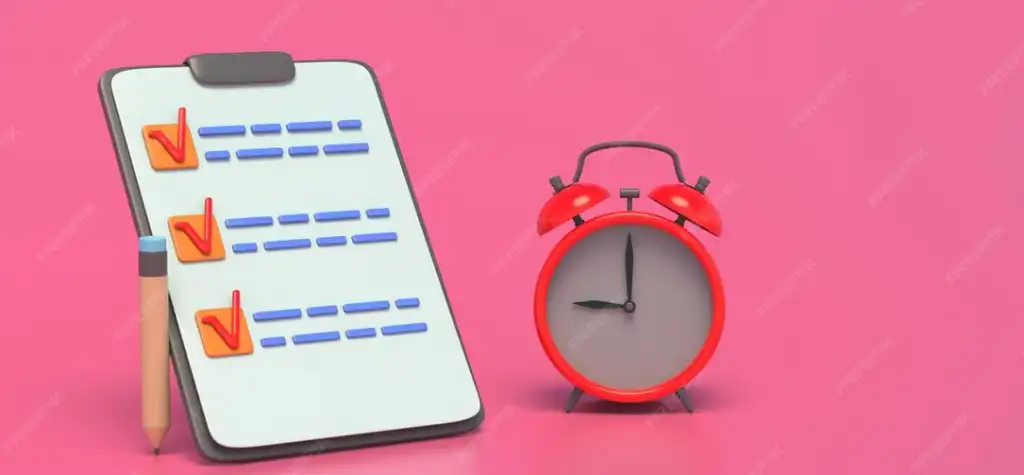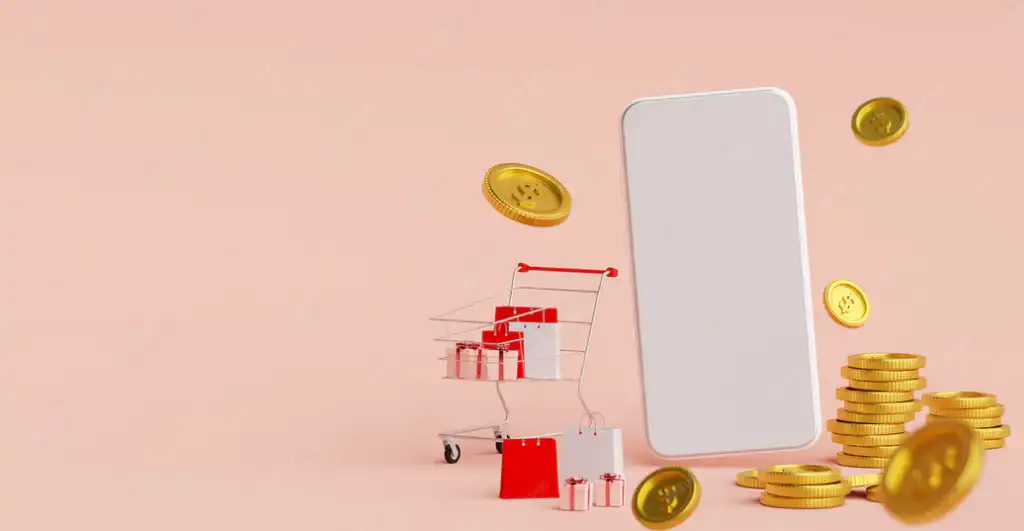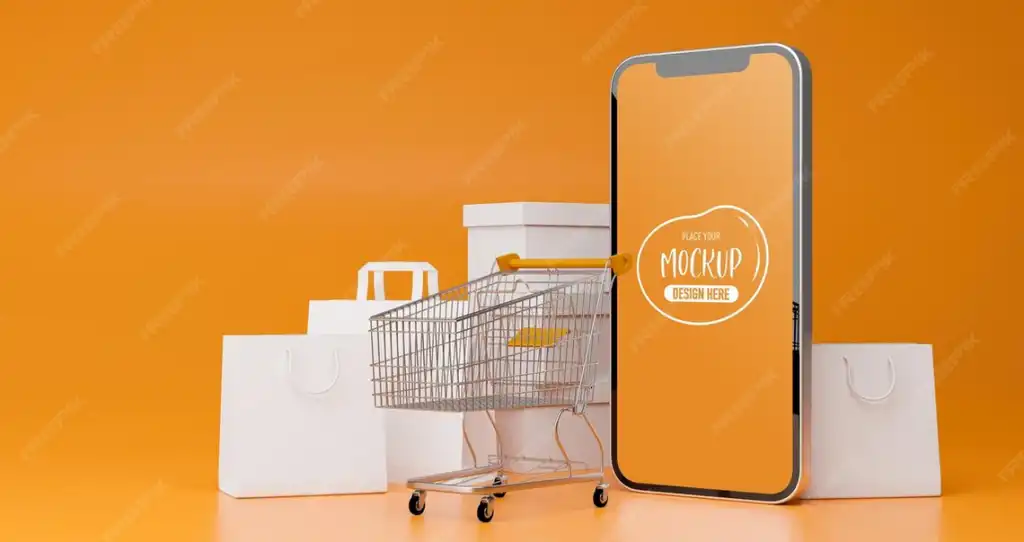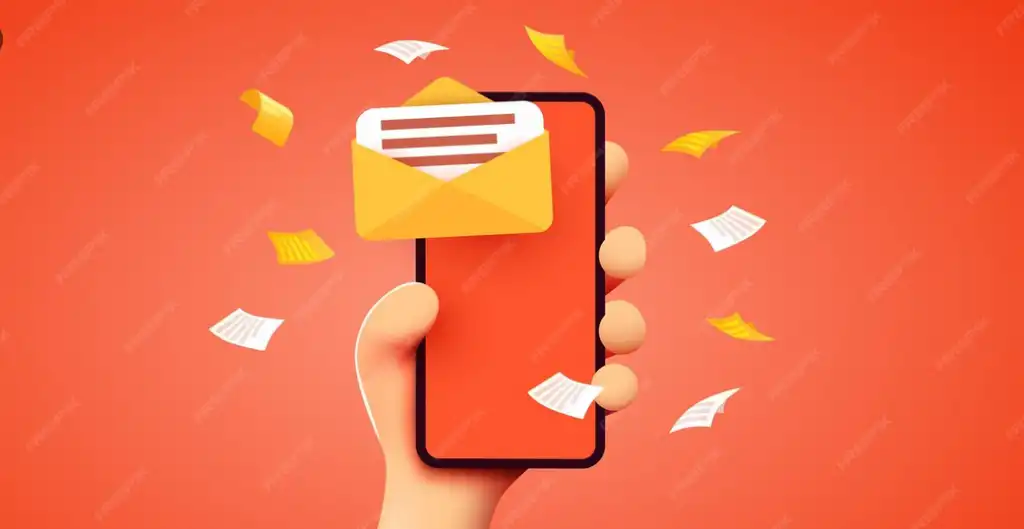Product and service review app design

Plan your event from start to finish: An app that accompanies you step by step.
Organizing personal events doesn't just mean choosing a venue or sending invitations. It's a complete project with meticulously coordinated details.
Designing an app that accompanies the user from the moment of conception until the event's completion provides a sense of support and reassurance throughout.
The first step in design is to display a "visual timeline" that divides tasks into a weekly or monthly schedule that outlines the stages of implementation.
Each new event created within the app should contain a basic information page: name, date, type, location, and budget.
The app then allows tasks to be divided into sections: preparation, invitations, purchases, coordination, and follow-up, facilitating the allocation of effort.
The drag-and-drop feature for changing task schedules adds flexibility and moves the user from feeling restricted to full control.
The guest list within the app can include the status of each invitee: invited, confirmed attendance, declined, or not yet responded, with easy sorting.
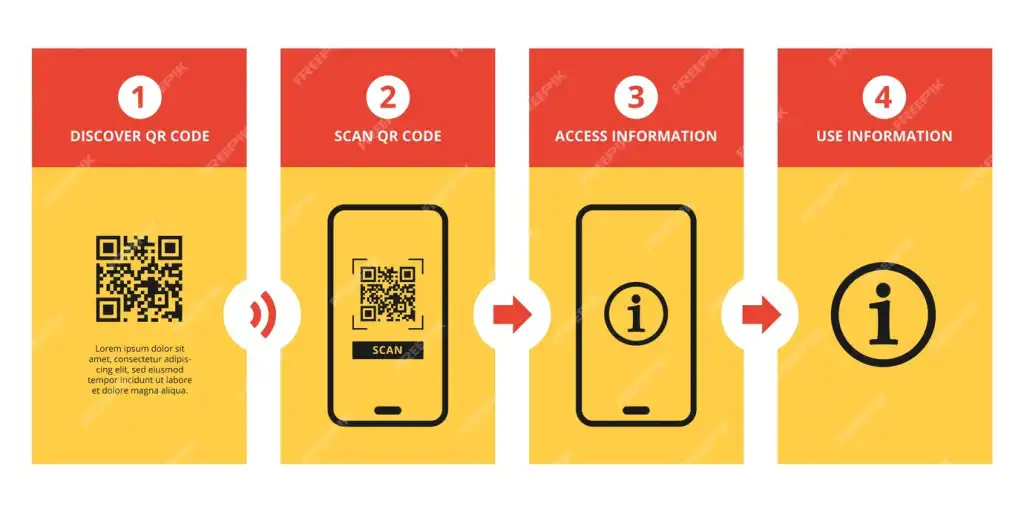
Why do you need an app to organize your personal events instead of papers and phone calls?
In the past, organizing any event relied on paper, notebooks, or frequent calls between friends and family. But this traditional approach is time-consuming and leaves room for error or forgetfulness. This is where the need for a smart app emerges, bringing everything related to the event together in one place and simplifying the entire experience.
When you use an app dedicated to organizing your events, you manage your time efficiently. You can set the event date, location, number of guests, and schedule tasks, all through a simple interface. You no longer need to call each person to confirm attendance; the app automatically sends invitations and receives responses.
The most important advantage is that the app reduces the stress that comes with preparation. Instead of worrying about "Who forgot to invite someone?" or "Is the food booked?" everything is recorded and organized. Automatic reminders and scheduled tasks help you get everything done on time.
These apps also allow for sharing responsibilities. The user can assign tasks to each participant, for example, "Mohammed is responsible for decorations" and "Sarah is responsible for desserts." This transforms organization into clear group collaboration.

Features that should not be missed in any personal event planning app
When considering designing an app to help users organize their events, the essential features the app offers are what determine its success or failure. Today's users are not looking for just a calendar or schedule, but rather a comprehensive experience that simplifies every aspect of preparation.
The first of these features is managing digital invitations. Users can create attractive electronic invitations and send them directly via WhatsApp, email, or even as a text message. Even more important is the ability to track the status of each invitation: has it been opened? Has the guest confirmed their attendance? All of this should be clearly visible within the app.
Second, there is the task scheduling feature. Organizing an event involves dozens of details: from coordinating decorations, communicating with caterers, preparing desserts, or ensuring there is enough seating. The app should have space to divide these tasks and assign them to specific people with deadlines.

Designing an In-App Reporting System for Fake Reviews
No review app is without challenges, the most significant of which is the presence of fake or misleading reviews. Therefore, it is essential to design a robust reporting system that allows users to report fake reviews.
Start with the "Report" button at the bottom of each review. It should be clear and accessible. When clicked, the user is prompted to select the reason: fake review, offensive language, or advertising content.
After reporting, the review is sent to the support team or an automated review algorithm to verify its authenticity. Artificial intelligence can be used to analyze patterns of duplicate or suspicious reviews.
There should be a clear policy in the app that explains to users the criteria for accepting reviews and what happens if a fake review is detected.
All of this enhances the platform's credibility and encourages honest reviews that help users rather than mislead them.
Integrity is the backbone of a successful review app, and a good reporting system is the first line of defense.
Reward System: How to Encourage Users to Write Real Reviews
Many apps face challenges in motivating users to write reviews after purchase, so they can rely on smart incentive systems based on rewards and privileges.
The first method is loyalty points, where users earn points for each post-purchase review they submit. These points can be accumulated and redeemed for discounts, offers, or even free products.
Another effective method is to rank users based on activity and award badges such as "Distinguished Reviewer" or "Product Expert," which encourages consistency and a sense of accomplishment.



